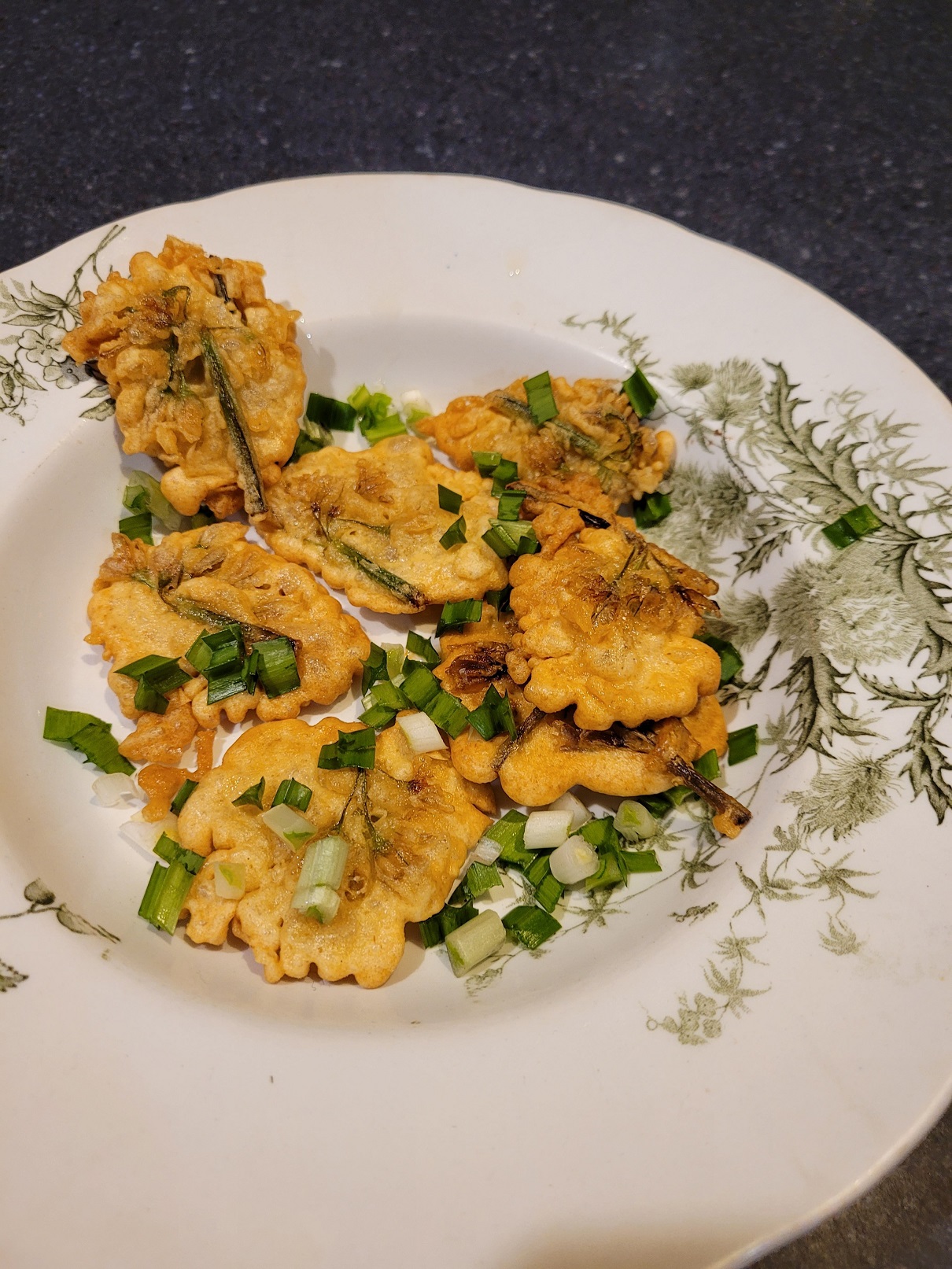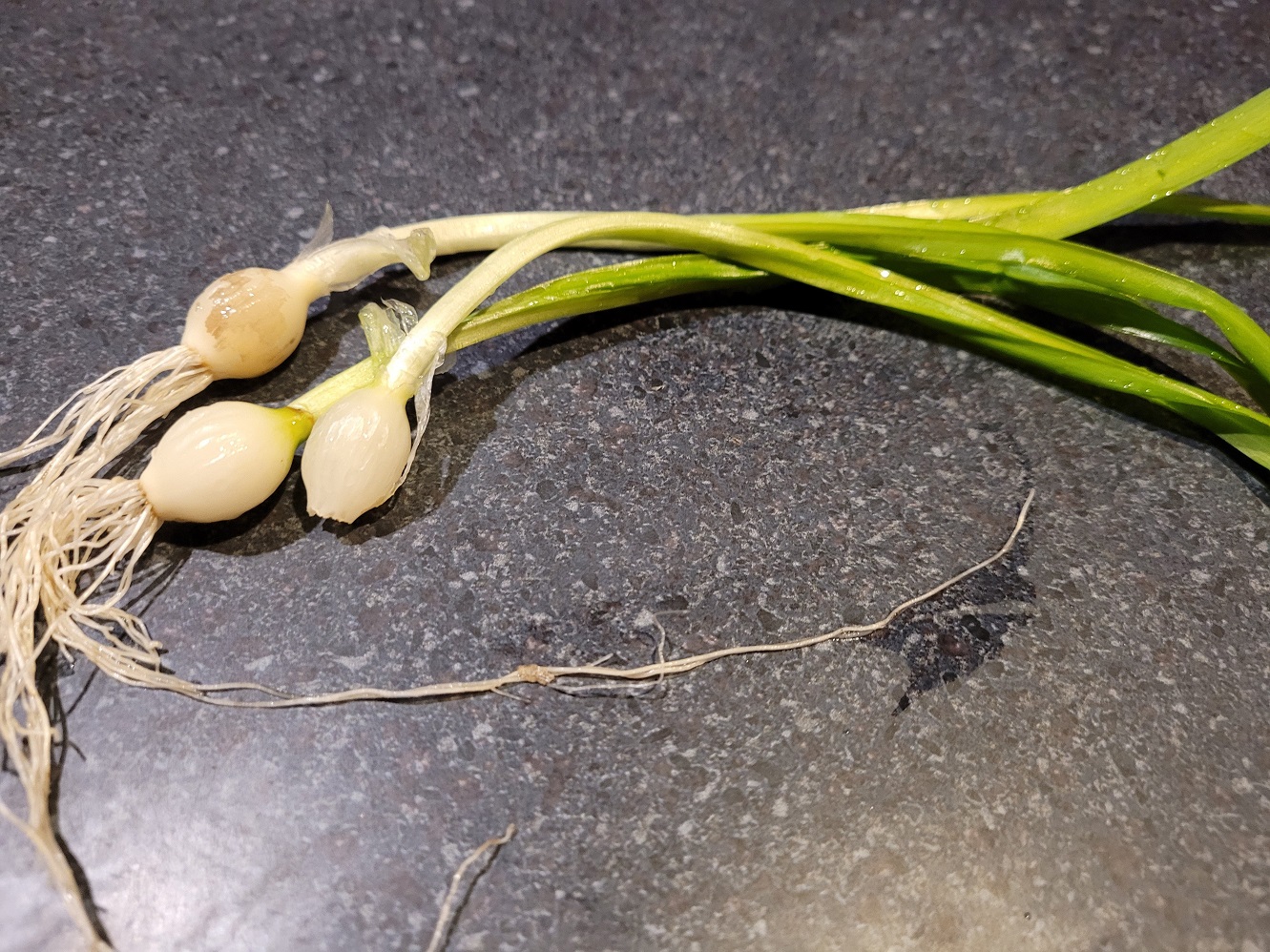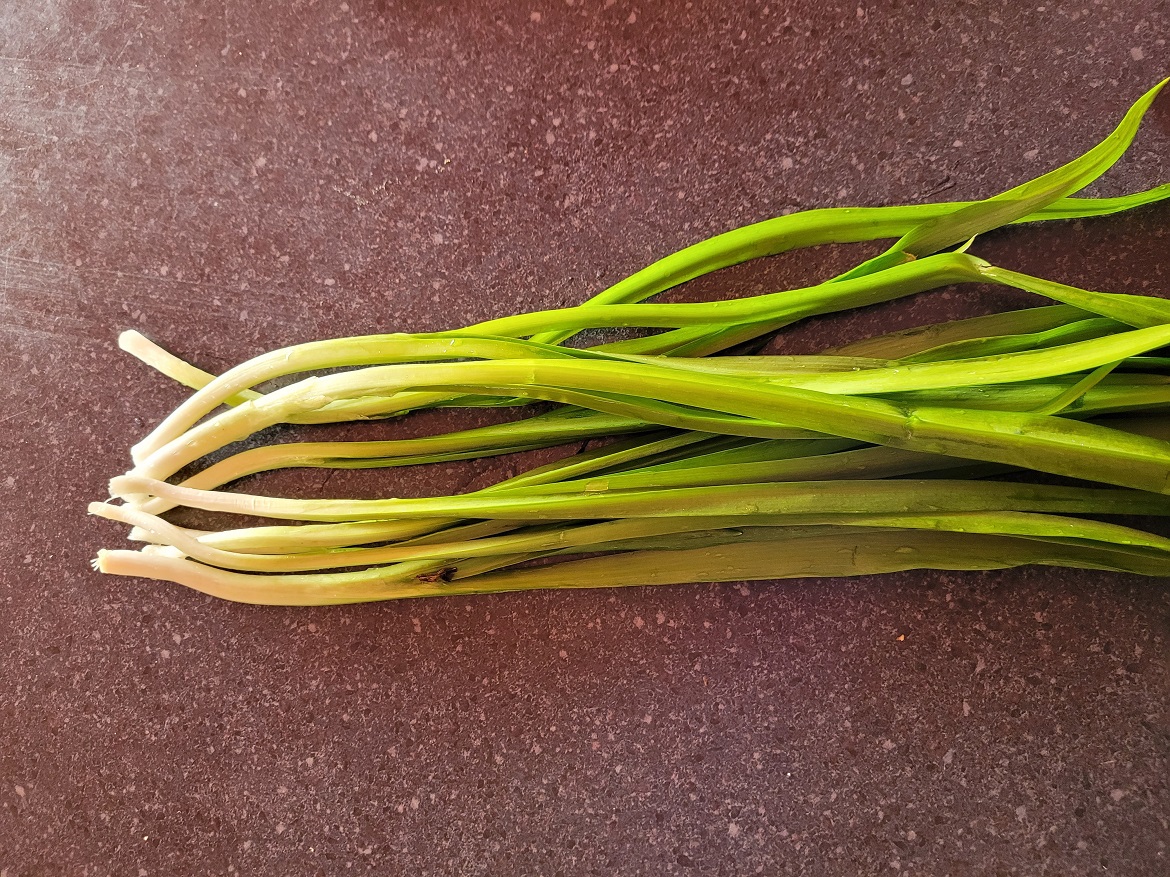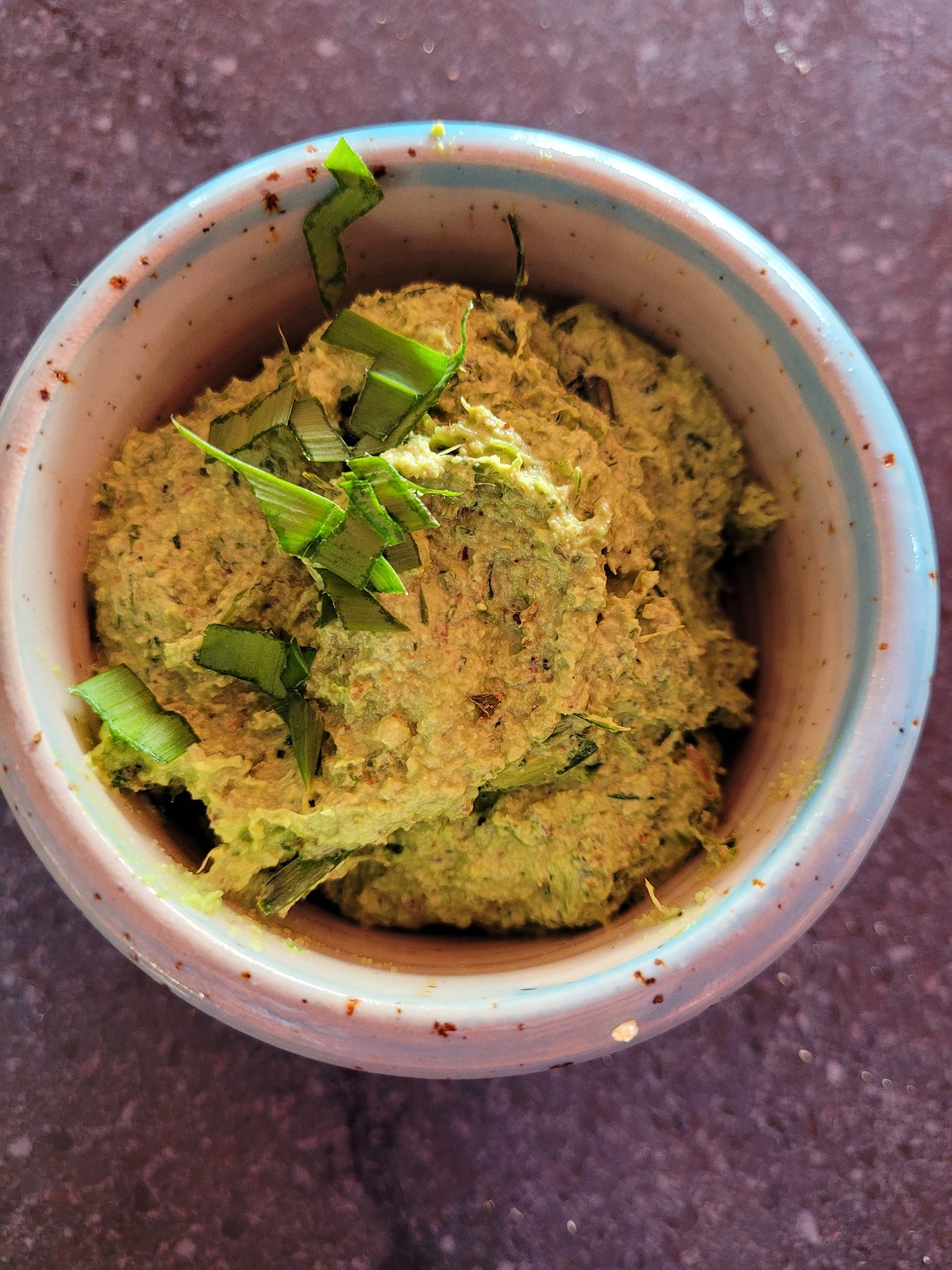

You will have seen wild onions in wild(ish) places all around Otago. They like damp places under trees, in parks, in the margins of the bush and on the edges of cemeteries. You may even have them in the bottom of your garden. They are very weedy, spread a lot and are hard to get rid of. I accidentally introduced them to our garden with a some leaf mulch I had gathered from under trees at the local cemetery, but luckily I ate them all before they got a chance to establish and spread.

If you are buying spring onions at the moment they cost about $4 a bunch, so consider keeping an eye out for the wild alternative while you are out walking, but also make sure you are collecting from an area where they won’t have been sprayed.
It is pretty easy to identify wild onions. They have long green strap-like leaves with a fold in the strap that gives them three corners. The flowers are very distinctive and look quite a lot like snow drops. They have pretty little white flowers with a thin green line down each petal. They always have a strong onion smell.

The white bulbs make delicately flavoured pretty little white cocktail pickled onions. Use white vinegar to preserve their colour. You need to be a pretty dedicated forager to do this as they are very small and fiddly to prepare.
I experimented with making a dip by blending walnuts, wild onions, olive oil, lemon juice and salt. It turned out like a sort of wild green pesto and was really nice on crackers; this was my favourite way to serve them.

A really easy use though is to chop the leaves into salads to replace bought spring onions. They have a delicate onion flavour raw, which is not so strong when cooked, so add them at the last minute to a soup or casserole to add colour and a burst of fresh flavour.
Wild onions are probably not going to replace regular onion varieties any time soon, but it is handy to know you can eat them, and if you have them in your garden already, and want them gone, you can always eat your way through the problem.












